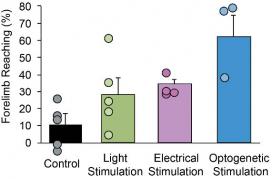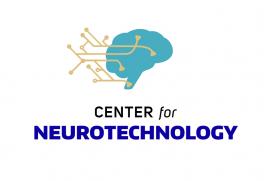New Treatment for Spinal Injury Restores Hand and Arm Movements
A new treatment for spinal injury might lead to nearly complete recovery of forelimb function. The treatment was developed through research funded by the Center for Neurotechnology (CNT), based at the University of Washington and an NSF-funded Engineering Research Center (ERC).
Paralysis of the upper extremity severely restricts independence and quality of life after spinal cord injury. Regaining control of hand and arm movements is the highest priority for people with paralysis, significantly higher than restoring walking ability. The CNT researchers were able to show that transcutaneous electrical stimulation of the spinal cord leads to rapid and sustained recovery of hand and arm function, even after complete paralysis.
Building on earlier animal studies, CNT researchers published the first case study in humans using transcutaneous spinal stimulation to improve hand function in six humans. Additionally, muscle spasticity was reduced and autonomic functions including heart rate, thermoregulation, and bladder function improved. Perhaps most striking is that all six participants maintained their gains for at least three to six months beyond stimulation, indicating functional recovery mediated by long-term neuroplasticity. Several participants resumed their hobbies that require fine motor control, such as playing the guitar or oil painting, for the first time after their injuries.
The new treatment builds on previous demonstrations by CNT researchers of engineering neural connections between the brain cortex, the spinal cord, and muscles. Recent collaborations between UW and the Massachusetts Institute of Technology, a CNT partner, resulted in the new method of optogenetic stimulation of the spinal cord that promises to engineer new neural connections to enable extensive use of arms and legs after spinal injury.



